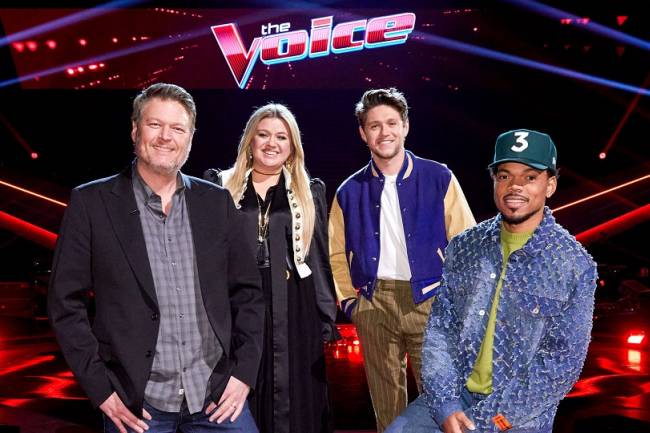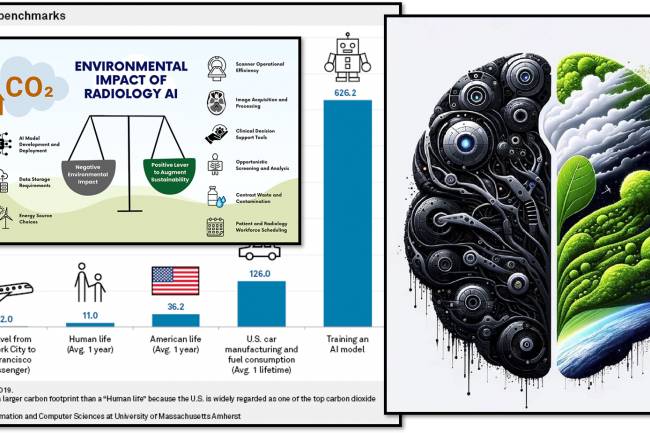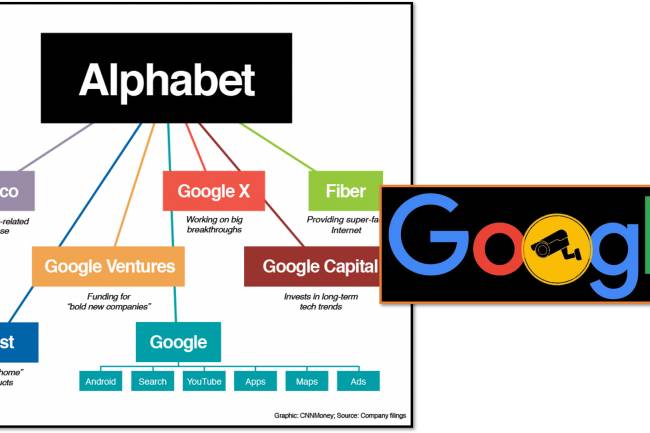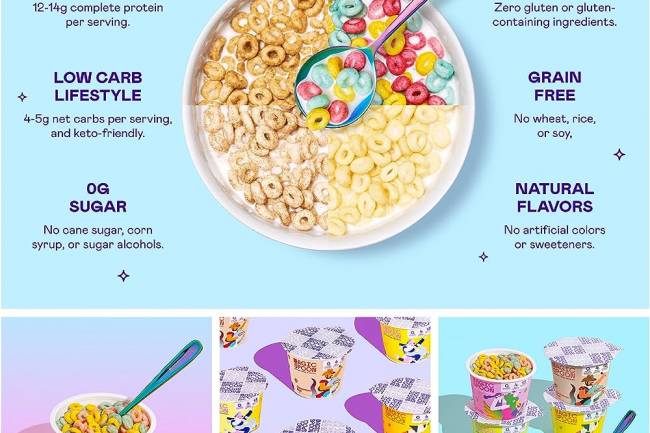
First-Person and Opinion-Based Posts on Social Media
First-Person and Opinion-Based Posts on Social Media
Absolutely! Here's a detailed guide to "First-Person and Opinion-Based Posts," a trend growing in popularity and SEO impact in 2025, for blogs seeking authenticity and audience connection.
Table of Contents
First-Person and Opinion-Based Posts on Social Media. 1
What are first-person and opinion-based posts?. 2
Why are they important in 2025?. 2
1. AI saturation demands human touch. 2
3. It drives engagement and loyalty. 2
4. It supports brand differentiation. 2
Key Elements of Effective First-Person Posts. 3
1. Authenticity Over Perfection. 3
Opening Example (Before vs. After) 3
SEO and Engagement Benefits. 4
How to Avoid Common Mistakes. 4
How to Balance Personality with Values. 4
Example topics that work in 2025. 4
What is an opinion post of social media?. 5
________________________________________________
What are first-person and opinion-based posts?
These are blog posts written from a personal perspective (using "I," "me," "we") and include the author's thoughts, experiences, preferences, and opinions on a topic.
These can include:
- Personal stories or case studies
- Product reviews backed by experience
- Opinion pieces on industry trends or news
- "What I learned" articles
These posts humanize your blog and create relatability, trustworthiness, and authenticity—important values on a content-rich website.
________________________________________________
Why are they important in 2025?
1. AI saturation demands human touch.
- With AI-generated content everywhere, real human stories and unique opinions stand out from the noise.
2. Google prefers EEAT.
- First-person storytelling is reinforced by:
- Expertise: Showing you've actually done something.
- Experience: Sharing deep insights gained from practice.
- Trustworthiness: Being transparent about what was and wasn't done.
3. It drives engagement and loyalty.
- People connect with each other. Inviting feedback or personal content:
- Comments
- Conversation
- Social shares
4. It supports brand differentiation.
- In crowded niches (fitness, tech, travel, etc.), personality and perspective become your USP (unique selling proposition).
________________________________________________
First-Person Content Types
Type Description
- Personal Journey "How I Grew My Blog from 0 to 10,000 Monthly Readers"
- Lessons "What I Learned from Failing at My First Business"
- Trends Opinion "Why I Think AI Will Do More Harm Than Good in Education?"
- Case Studies: "What Happened When I Switched to a Keto Diet?"
- Product Reviews: "I Tried the iPhone 16 for 30 Days. My Verdict!"
- Behind the Scenes: "How I Write 3 Blog Posts in a Week Without Burning Out"
________________________________________________
Key Elements of Effective First-Person Posts
1. Authenticity Over Perfection
- Be honest: Share both triumphs and failures.
- Readers value real experience, not fluff.
2. Use personal pronouns.
- Use "I," "me," "mine," and "we" to create an intimate tone.
3. Narrative Structure
- Use narration to keep readers engaged:
- Hook → Problem → Journey → Perspective → Conclusion
4. Unique Value
- Don't just repeat what others say: offer your own opinion.
- Personal insights, strategies, and advice you won't find anywhere else.
5. Respectful Feedback
- Share ideas boldly but respectfully.
Balance personal biases with fact-based support when needed.
Opening Example (Before vs. After)
Ordinary, third person:
- Blogging is a popular way to make money online. Many people have found success with it.
First person, human:
When I started blogging in 2020, I had no idea what I was doing. But after three failed blogs, I finally figured out what works and wants to share it with you.
________________________________________________
SEO and Engagement Benefits
- Benefit Description
- Unique content is less likely to be copied by AI or competitive content.
- Increases EAT and showcases your own expertise (Google highly values this).
- Boosts comments and shares. Personal or opinion-based content invites conversation.
- Stories that last over time are more captivating than general information.
- Great for building a brand. Your tone and point of view become part of your blog's personality.
- Voice search optimization adapts to conversational and natural voice search patterns.
________________________________________________
How to Avoid Common Mistakes
- Why does this mistake hurt?
- Too many self-interested readers want information—not just stories, but also value.
- Dispersed or unfocused need for structure and a clear path
- Without SEO optimization, personal posts still need titles, keywords, and structure.
- Opinions that lack any support should be reasoned and ideally substantiated.
________________________________________________
How to Balance Personality with Values
- Element Tip
- Title: Make it benefit-based, yet personal (e.g., "How do I...?" or "Why do I...?")
- Introduction: Set the context for your experience.
- Body: Break it down into readable sections, add stories and insights.
- Conclusion: Summarize your key learnings and offer next steps or suggestions.
________________________________________________
Tools and Formats to Help
- Tool Use Case
- Conception / Google Docs: Writing and Outlining Personal Stories
- Grammarly / Hemingway: Keep writing naturally, clearly, and concisely.
- Canva/Figma for visual storytelling or blog graphics
- Record voice notes or video/backdrop descriptions for context.
- Improve GPT chat structure or extract topics.
________________________________________________
Example topics that work in 2025.
- "How I got my first 1,000 email subscribers (and what I would do differently)"
- "Why I no longer recommend drop shipping to beginners?"
- "I tried going AI-free for a month. Here's what happened"
- "From burnout to balance: My weekly content program that works"
________________________________________________
Final Thoughts
In 2025, first-person, opinion-rich content stands out in a sea of generic AI noise.
It's not just what you know: it's what you've experienced and the honesty with which you share it.
Summary:
First-person opinion-based posts are commonly used in opinion journalism, such as newspaper columns, op-eds, and blog posts, where the writer expresses their personal views on a topic. These posts typically have a conversational tone, aiming to engage the reader and share a unique perspective. While third-person writing is also used to express opinions, first-person writing can add a sense of personal style and perspective.
Q/A
What is an op-ed?
An op-ed (short for "opposite editorial page") is an opinion piece that appears on a newspaper's dedicated editorial page, often written by a subject matter expert, a person with a unique perspective on a topic, or a regular columnist employed by the newspaper.
What is an opinion post of social media?
An opinion post on social media is a piece of content where an individual expresses their personal viewpoint, beliefs, or thoughts on a specific topic or issue. These posts can range from brief statements to more elaborate arguments, and they often aim to provoke discussion, share perspectives, or persuade others



















